
Introduction to the country of Georgia
Georgia is a small mountainous European country located in far eastern Europe. It lies along the Black Sea’s eastern shores, wedged between Russia to the north and Turkey to the west (which lines all of the Black Sea’s long southern coast).
Among those in the know, Georgia is probably most famous for its abundant quality wines. In fact, Georgia is one of the oldest wine-producing regions of the world.
The country is also well-known for its long pebble beaches; its plentiful mountains and national parks offering hiking, camping and skiing; its historic churches, monasteries and other preserved buildings.
Georgia also has its own unique cuisine and language, including a script unrelated to any other language.
All of this makes Georgia a really interesting country to visit, especially for its many unique cultural traditions, its diverse natural areas & outdoor activities, and its historic towns & churches.
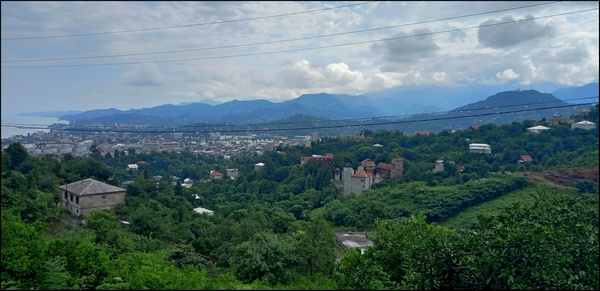
Geography and climate of Georgia
As I noted above, Georgia shares borders with Russia and Turkey. It also borders Azerbaijan to the southeast and Armenia on the south. This region is known as the Caucus Region, named for the vast & rugged Causus Mountains covering the area. Caucus countries include Georgia, Armenia and Azerbaijan.
Like Turkey, Georgia is situated at the intersection of Eastern Europe and Western Asia, with the Caucus Mountains forming a natural boundary between the two major regions.
The roughly-almond-shaped country of Georgia is basically the same size as Ireland and has a population of 4 million. Politically, it’s a Representative Democracy. The capital city, Tbilisi, is located roughly in the middle of the country.
Georgia’s Black Sea coastline runs for over 310 km / over 190 miles. Most of the coast is backed by soft, forest-covered mountains that run down to the sea, making the coastline quite hilly and curvy. There are also dozens of beaches, most popular for tourism in summer months.
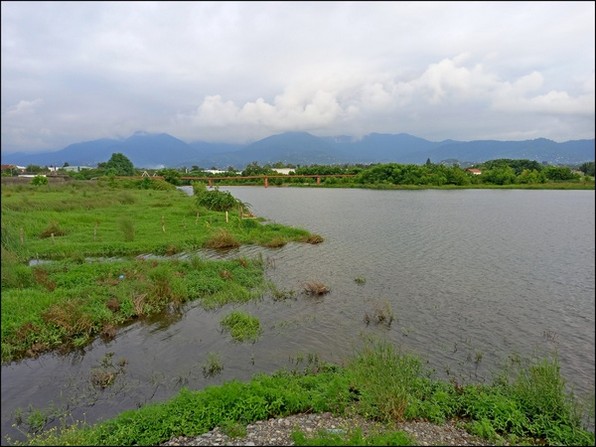
Also located on the coast is Batumi, Georgia’s second largest city, and several small towns and minor cities.
Other than the Black Sea coast, Georgia is landlocked by its neighbors. Most of the land is mountainous, with several very high mountains peaking at 4500-5000+ M / 14,500-16,500 ft. Mt. Shkhara, at 5201 M / 17,064 ft, Georgia’s highest peak.
Georgia’s mountains have many deep gorges, waterfalls, mineral springs, rivers, lakes, wetlands and even arid plateaus. Georgia has abundant natural water resources, including a whopping 25,000 rivers flowing through its small land area.
There are several national parks, preserving about 20% of Georgia’s total land area.
Georgia has very fertile soil for growing a whole variety of fruits and vegetables, in addition to its vast wine-production.
Georgia has several quite different climate zones, but most have hot humid summers and mild winters, while mountains have snow and promote skiing. The coastal region has a very humid sub-tropical climate, while most of the rest of Georgia has a continental climate, though several mini-climate zones also exist.
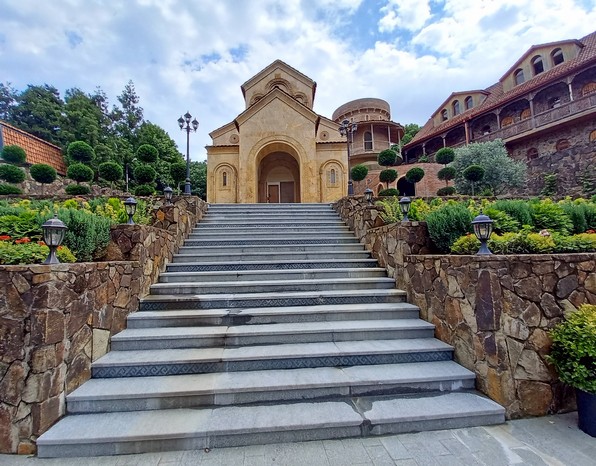
Brief History of Georgia
Archaeological digs have uncovered remains and evidence of human habitation in the Georgia region dating all the way back to the Paleoligic Age (Old Stone Age starting from 3.3 million years ago), thus pre-dating human habitation in Turkey’s vast Anatolia plateau region.
In written history, local tribes date back to the 1100s BC. Evidence of wine-making in the area dates back 8000 years (about 6000 BC).
From the 700s B.C. the Cocholithic peoples inhabited the region for many centuries, eventually developing great trade relations with other nations, particularly Greece, due to its location on the Black Sea.
Several centuries later, under the Roman Byzantine Empire of the 300-400s AD, the inhabitants officially adopted Orthodox Christianity, which has remained the dominant religion in the area up to the present day. Currently about 88% of Georgians are Christian.
The Kingdom of Georgia evolved in the middle ages, in the 1000s AD, reaching its pinnacle in the 1200s- early 1300s. Several important churches and other buildings date from this era.
After the Kingdom’s decline, the area was ruled by various invading empires, including Mongols, Persians, Ottoman Turks and Russians.
Georgia was forcefully annexed to Russia after WWI, in 1922. Georgia remained under Russian authority until 1991, becoming a state within USSR after WWII. A very interesting, and ironic, side note is that Josef Stalin was born and raised in Gori, Georiga!
Just prior to the dissolution of the USSR in 1991, Georgia declared its independence and quickly separated itself from Russian culture, politics and influence as much as possible.
Today, while Georgia is not a member of EU, it is a member of the UN, Council of Europe and World Trade Organization. It maintains strong official political, economic and trade relations with the EU. Reportedly, Georgia also qualifies to apply for membership to the EU if it so chooses.
Today Georgia is perhaps the only former-Russian territory that is not plaqued by severe government corruption and pressure from Putin’s Russia.
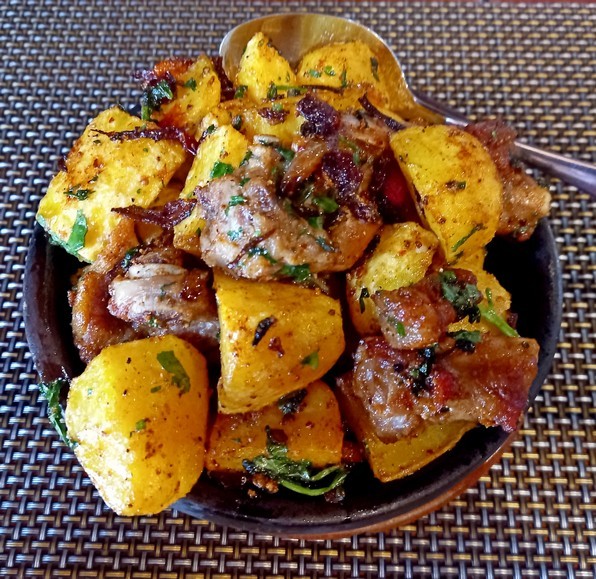
Georgian Culture in Brief
* As noted above, the Georgian region adopted Christianity way back in the 300s AD and maintained ties and cultural identity with Greeks and Roman Byzantines. Thus, Georgians were historically always oriented more towards Europeans than Asian or Muslim cultures.
For instance, even though Ottoman Turkish Empire ruled the land for several centuries, Georgians did not adopt Islam nor Turkish styles of dress, food, architecture, language or other cultural points. Later, as an unwilling state within the USSR, Georgians managed to retained their own Georgian language, cuisine, clothing styles and lifestyles, thus also resisting Russian influences.
* As I noted above, Georgia is the oldest-known wine-making region in the world, with archeaological evidence dating back 8000 years. Not surprisingly, then, wine-making is an important ingrained element of Georgian culture.
In fact, their wine-making techniques are so important that UNESCO has classified Georgia’s wine-making as one of the world’s intangible cultural assets.
* Georgians have their own language and script, which dates back to antiquity. The alphabetic characters are very curvy and look uncannily similar to Thai or Burmese, though they’re completely different, unrelated languages.
* Georgians don’t have the smiling, sunny dispositions of say, SE Asian countries or Latin American cultures. Instead, they’re all rather stoney-faced and grim looking. In fact, that’s the very first thing I noticed about Georgia when I crossed the border from Turkey.
However, that doesn’t mean that they’re unfriendly or unhelpful. In fact, Georgian’s are rather famous for their excellent hospitality.
In my personal experience here so far, I’ve found locals to be helpful when I ask or when it’s obvious I need assistance, in most cases. And as for hospitality, my current homestay family are very welcoming and generous, bringing me plates of Georgian cuisine daily and checking tomake sure I have all I need. On the other hand, my previous two hosts were not nearly as welcoming or friendly.
All in all, I’ve found Georgians to be adequately helpful and hospitable, but not on the same high par as the Turks, who really out-shine them in that regard.
* Georgians have their own cuisine, with several unique dishes. Many consist of various types of heavy cheese breads. Also popular are huge meat-filled dumplings, which are quite similar to Polish pirogues, but with their own unique shape and spices.
There are also baked ‘hot pots’ with chunks of meat, potatoes, onions and/or vegetables are baked and served in individual clay pots. It’s all very hearty, heavy cuisine, infused with a heavy dose of salt.
* Traditional dances and music are still practiced and performed in rural mountain villages, which also combine traditional clothing styles. But for the most part, Georgians live a modern life in modern cities and towns throughout the country.
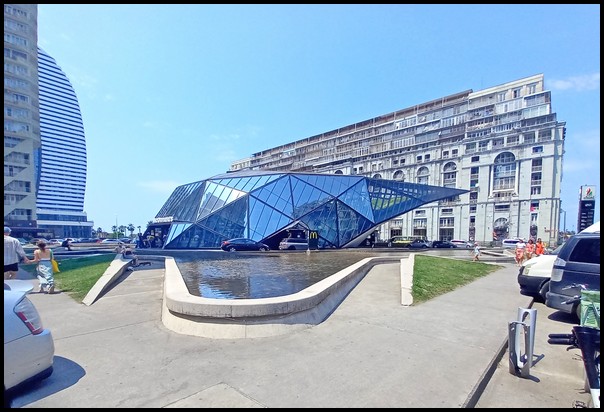
Things to See and Do in Georgia
Based on the country’s geography, history and culture detailed above, it’s easy to predict what kinds of things visitors can see and do in Georgia. They include beach holidays on the Black Sea coast; outdoor activities in the mountains and other natural habitats around the country; visiting historic cities, towns, churches and other sites; and exploring Georgia’s wine-growing regions.
Georgia’s long Black Sea coast, as noted above, offers dozens and dozens of long beaches, most of them stone beaches. Visitors could set out to Batumi, Georgia’s 2nd-largest city, where they’ll also find beautiful coastal parks, a huge array of very quirky modern architecture, a small historic district, museums, international luxury hotels and manylarge casinos. Alternately, several much smaller coastal towns also have beaches and an assortment of accommodation options.
Outdoor enthusiasts can find plenty of hiking trails, camping, waterfalls, caves, canyons, forests and rivers in Georgia’s bountiful mountains and national parks. Most of the national parks and other outdoor areas cannot be reached by public transportation, so you really need a car to enjoy these outdoor activities. Some places are also visited by group tours.
Several Georgian cities and towns have important historic architecture, including churches, monasteries, fortresses, castles, palaces and historic town districts. Such sites originated in many different centuries, cultures and architectural styles. And Gori was the birthplace of Josef Stalin, maintaining a museum about Stalin there.
For wine lovers, Georgia is a fantastic place to tour vineyards, enjoy wine-tasting, learn about wine making and maybe purchase some choice wines to take home.
You might also like:
==============================







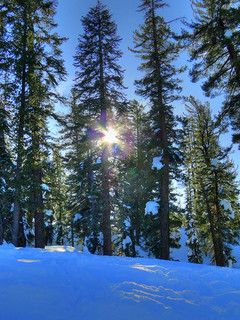

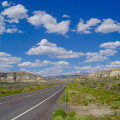


 Hi! I'm Lash, an American nomadic world traveler who's been traveling solo since 1998. I’m passionate about traveling the world nomadically and then sharing it all with you. I hope to inspire you to travel the world, to entertain you with tales from the road, and to help you reach your travel dreams. Welcome!
Hi! I'm Lash, an American nomadic world traveler who's been traveling solo since 1998. I’m passionate about traveling the world nomadically and then sharing it all with you. I hope to inspire you to travel the world, to entertain you with tales from the road, and to help you reach your travel dreams. Welcome! 




3 pings
Surprising Facts about the country of Georgia - LashWorldTour
2021/08/11 at 9:44 pm (UTC 8) Link to this comment
[…] « Introduction to the country of Georgia […]
10 Things I Love about the Country Georgia - LashWorldTour
2021/08/25 at 10:32 pm (UTC 8) Link to this comment
[…] Introduction to Georgia […]
14 Best Articles of 2021 on LashWorldTour - LashWorldTour
2022/01/04 at 11:28 pm (UTC 8) Link to this comment
[…] Cairo to Alexandria – Egypt7. Guide to Hiking in Cappadocia’s Stunning Canyons – Turkey8. Introduction to the country of Georgia9. 10 Surprising Facts about Georgia10. Introduction to Aruba11. 12 Reasons Aruba is an Easy Travel […]